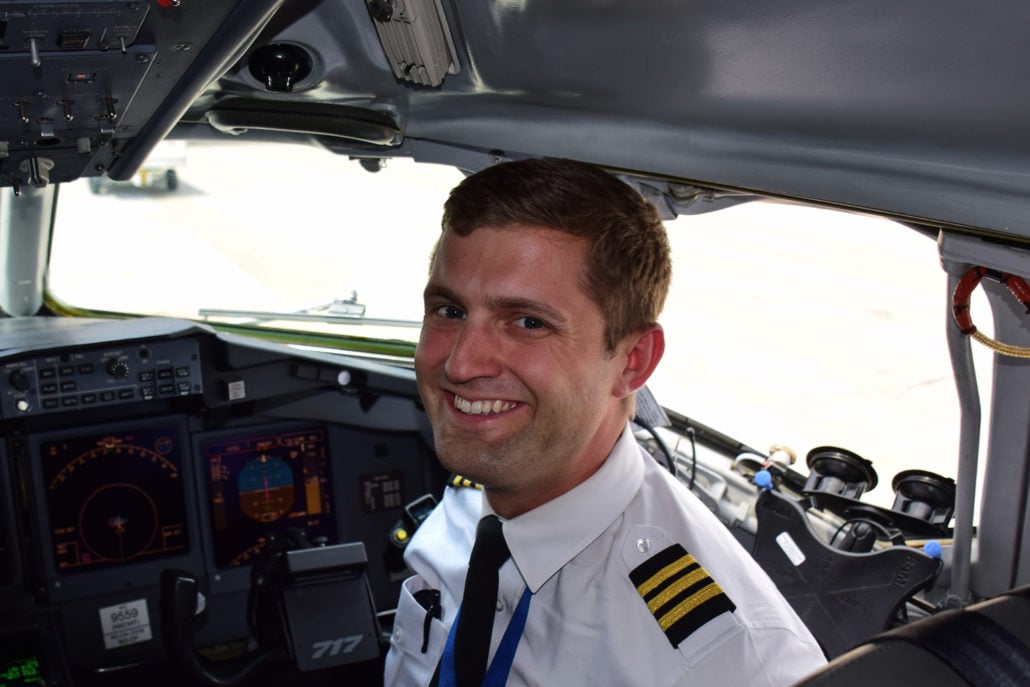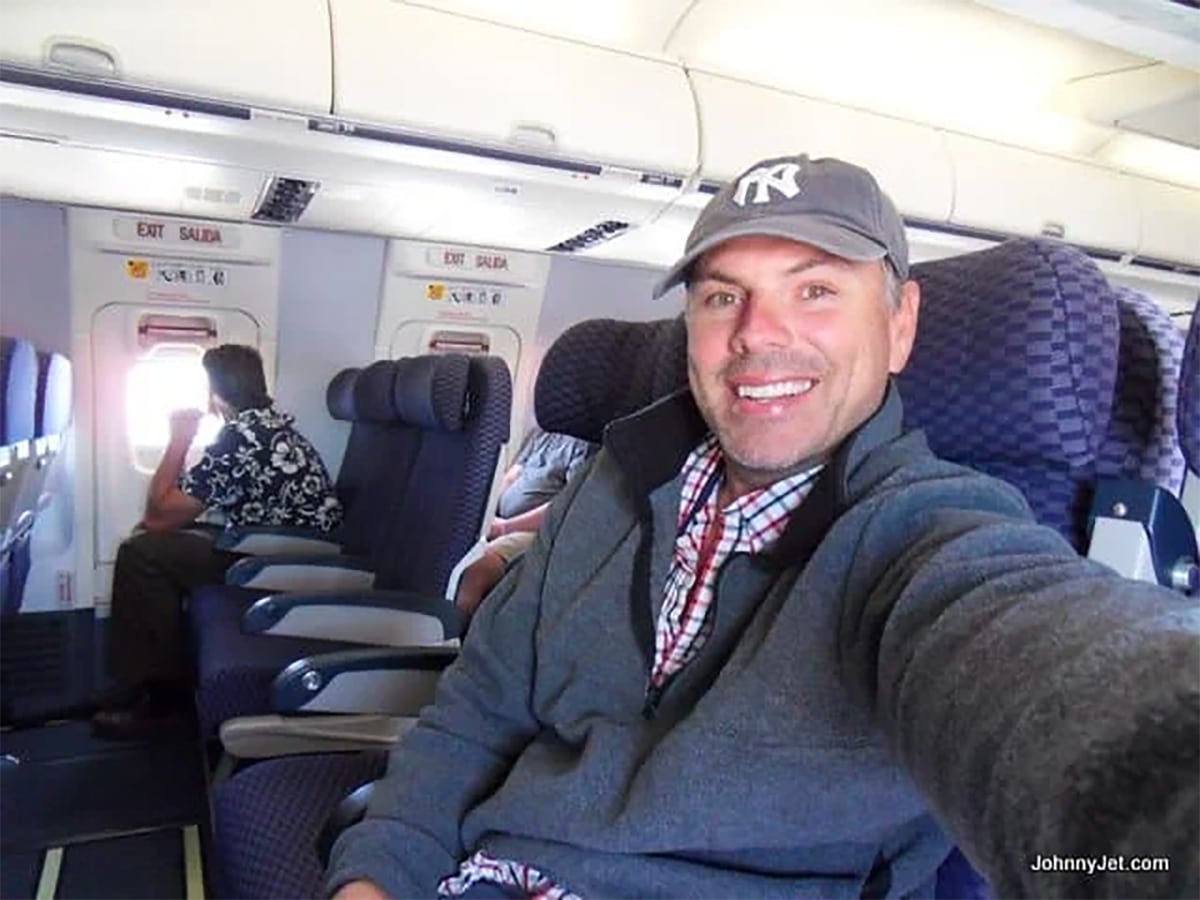
In our Ask a Pilot series, pilot Spencer Marker answers one of your aviation-related questions each week. See past installments here and submit your own to Whitney@johnnyjet.com.
The question
Are so-called regional airlines held to the same safety standards as larger airlines?
—Jack P.
The answer
Hi Jack. Thanks for writing in to be featured in this week’s Ask a Pilot column. While subcontracting to regional carriers is a common practice in the airline industry, its role is not widely understood by most passengers. In fact, many passengers have probably flown on a regional airline and not even realized it.
That being said, passengers flying in the US are able to enjoy peace of mind, knowing they are being transported in the safest airline system in the world. And regional airlines are a part of that system. That safety and reliability is no accident as both regional and major airlines are held to identical safety standards.
What is a regional airline?
The term “regional airline” in the US generally refers to airlines that operate smaller aircraft, between 30 to 76 seats, most often subcontracted, or codeshared (carrying the larger airline’s code and flight number), by larger airline partners. Their airplanes are generally painted in the same colors as their partner airlines, usually with the word “Express” or “Connection” added to the branding. Regional airlines include SkyWest, Trans States Airlines, Endeavor Air, and many others.
The term “regional” itself is somewhat of a misnomer. These airlines fly all over the country and aren’t limited to a specific region. However, this wasn’t always the case.
In the 1950s, regional airlines began by flying small, propeller-powered aircraft on short-range flights within the US. The airlines grew in size but were limited by the range of these early aircraft, often being relegated to operating the immediate area, or region, around the main airport they served.
With the rise of long-range aircraft and the growth of large “flag carrier” airlines (international-flying airlines carrying the flag of their respective countries), smaller airlines found their niche by flying short-range routes to feed passengers into the flag carrier’s operation.

While regional carriers originally flew propeller-powered aircraft, the introduction of the jet-powered Bombardier CRJ series revolutionized the way regionals operated. This sleek 50-seat jet could be operated much more efficiently than other small jet aircraft of the time. The jet could also cut flight times between city pairs in half compared to the propeller aircraft regional airlines were operating. It was a win-win. Quickly, small airlines bought up 50-seat jets and began retiring their slower propeller-powered airplanes.
Today, regional airlines fly both turboprop- and jet-powered aircraft for their major airline partners. Major airlines employ regional airlines to fly smaller aircraft into an airport that can’t sustain service with a larger jet or to increase frequency (the number of flights per day) on a route by using smaller aircraft.
So what is the difference?
There are a few differences between a regional airline and the majors. Firstly, regional airlines are limited in the size of aircraft they can fly. This is due to restrictions in the pilot contracts of the major airlines that dictate how much flying can be contracted out to other airlines.
Pilots looking to pursue a career in aviation often seek out regional airlines as their first airline jobs. Since pay at the regionals is lower than at major airlines, pilots often view the regionals as a stepping stone to build valuable flight experience before moving on to the cockpit of a jet somewhere like FedEx or United.
What isn’t different?
Contrary to a common misconception, regional airlines are governed by the same set of rules as the major airlines. This includes things like maintenance inspections, pilot rest rules and passenger handling among others.
Regional pilots also receive the same kind of training as pilots at larger airlines. This includes thorough systems and simulator training, repetitive checks and surprise evaluations as the pilot flies their monthly schedule. Just like a pilot at a major airline.
In addition, a regional airline’s operation is audited by their large partner airlines to ensure quality control. To put it simply, just because the airplane is smaller doesn’t mean safety is reduced.
How can you tell if you’re flying a regional?
As a passenger, you have the right to know if your flight is operated by someone other than the airline you booked. That being said, there are a handful of ways to tell if your flight is being operated by a regional airline.
When you book your ticket, the major airline should clearly state what airline is operating that particular flight. When you arrive at the airport, your boarding pass will also indicate if you will be flying on a regional airline. The boarding pass should clearly state the words “Operated by:” and an airline’s name. If it is not the airline you booked with, chances are you’re flying on a regional airline (there a few are exceptions).
The easiest way to tell is to look at the aircraft. If the branding includes the word “express”, as in United Express instead of United Airlines, then you are flying on a regional airline. On the nose of the aircraft or near the boarding door, the name of the airline you’re actually flying will be displayed.
The size of the airplane may also give you an indication you’re flying with a regional. Smaller jets and turboprop aircraft are generally operated by an airline’s regional partners.
To sum up
Thanks again for writing in this week, Jack. The major airlines and regionals abide by the same safety rules and adhere to the same operational standards. The smaller airplanes employed by the regionals are not only as safe as the majors, but provide valuable transportation connections to communities that otherwise couldn’t support larger aircraft.
Have you flown a regional airline recently? Post your story in the comments below! And if anyone has a burning aviation question or something you would like cleared up, drop us a line at Whitney@johnnyjet.com to get your question featured in an upcoming Ask a Pilot column.
Tailwinds,
—Spencer



